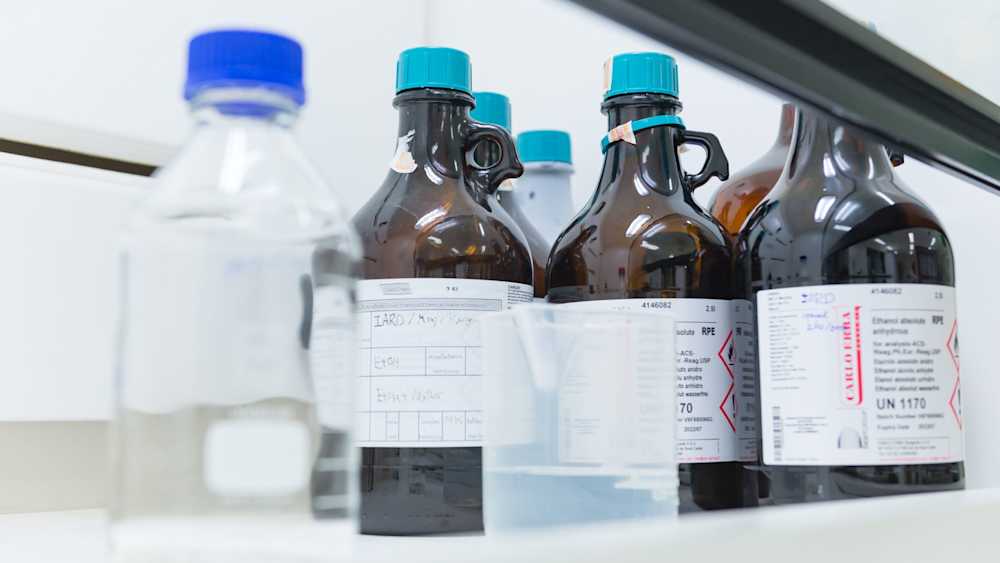REACH (Registration, Evaluation, Authorization, and Restriction of Chemicals) is a European Union regulation that requires the producers and importers of chemicals to register substances with EU authorities.
Measurlabs offers various analysis methods to provide the substance identification required for REACH compliance. In addition, we provide hazardous substance screening to ensure that products or materials do not contain restricted chemicals, including those on the list of substances of very high concern (SVHC).
What is REACH, and when does it apply?
REACH regulation applies to most chemicals produced in and imported to the European Union. The purpose of REACH is to establish thorough risk identification and management procedures to minimize the risks posed by potentially dangerous chemicals. All producers and importers that bring more than one ton of a chemical to the market annually have to comply with REACH.
In addition to industrial chemicals, the regulation covers substances present in day-to-day items like textiles, paints, and cleaning products. This makes REACH applicable to most companies operating in the EU.
How to ensure compliance with REACH?
To comply with the REACH regulation, companies need to present the required information on all the substances they manufacture or import. This includes things like the IUPAC names, CAS numbers, and EC numbers, as well as analytical information confirming the structure and composition of substances.
In addition, companies need to demonstrate that the chemicals they bring to the market can be used safely. If safe use is not possible, harmful substances need to be replaced with less harmful alternatives over time. This principle applies especially to substances of very high concern (SVHCs), which ECHA wishes to gradually phase out.
Some of the hazardous chemicals on the SVHC list include melamine, acrylamide, several phthalates, polycyclic aromatic hydrocarbons (PAH), and per- and polyfluoroalkyl substances (PFAS). Listed substances should not be present in products in concentrations above 0.1% (w/w).
Classification of substances for REACH documentation
Chemical substances can be classified into two main categories: substances of well-defined composition and so-called UVCB substances, which are substances of unknown or variable composition, complex reaction products, or biological matter. The scope of the required identification analysis and documentation depends on the complexity of the substance in question.
Common analysis methods used to identify chemicals
To comply with REACH, appropriate analysis methods have to be used to demonstrate the composition of substances. Organic substances are typically characterized by the following methods:
Ultraviolet and visible absorption spectroscopy (UV/Vis),
Mass spectroscopy (MS)
Gas (GC) or liquid chromatography (LC)
Inorganic substances are usually analyzed with the following methods:
X-ray fluorescence (XRF or TXRF)
These methods often provide adequate information about the substance identity for REACH registration, but sometimes a more extensive selection of analysis techniques is needed to obtain sufficient qualitative and quantitative information.
Need tests for your REACH documentation?
Measurlabs offers a wide selection of analysis methods for REACH substance identification. We will analyze your substances and provide you with an analysis report with detailed information about the sample. Testing to confirm that the product does not contain restricted substances, such as PAH compounds, phthalates, or intentionally manufactured microplastics, is also available.
You can contact us through the form below to describe your sample and testing needs. We will get back to you within one business day with a quote or additional questions needed to prepare one.
For more information on REACH requirements in the EU, please visit the European Chemicals Agency (ECHA) website.

